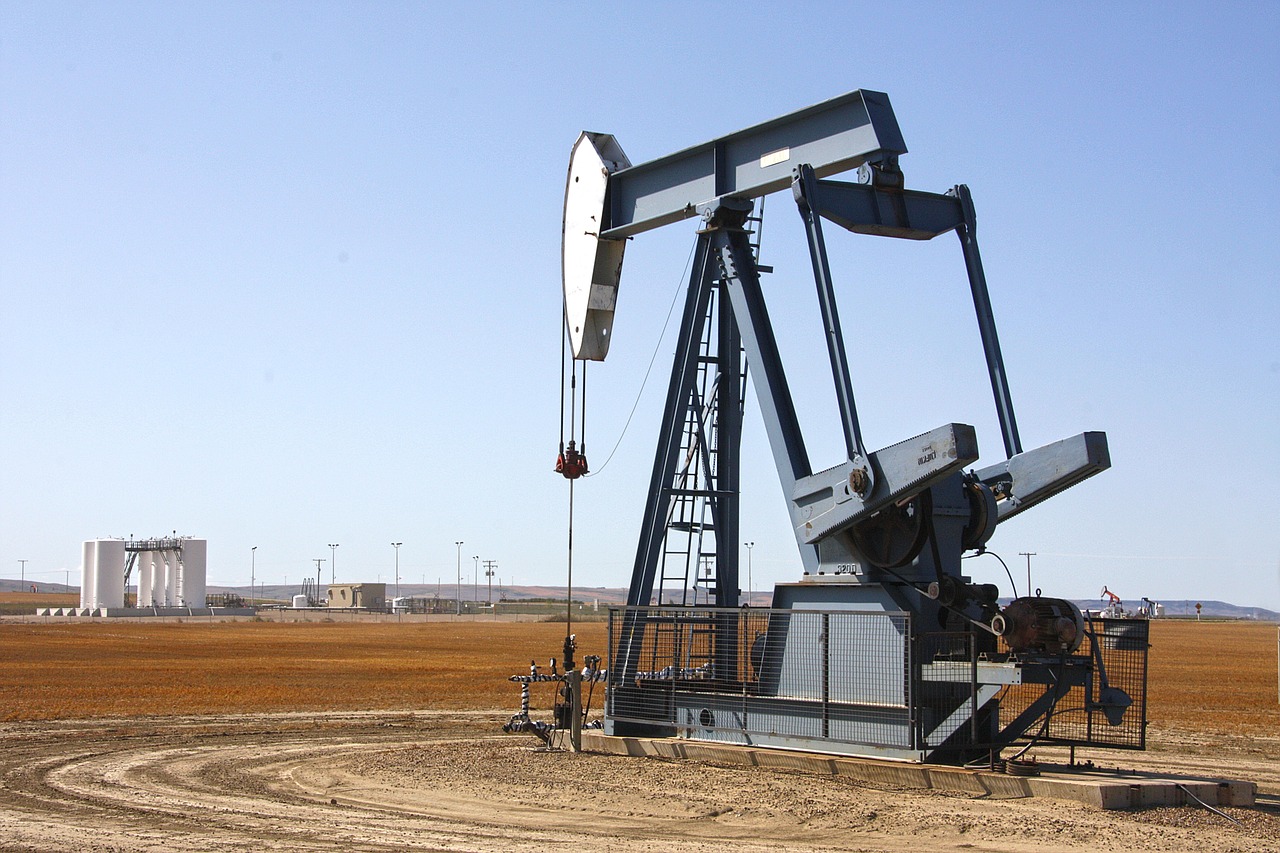Fossil Fuel Energy Production in China Already Declining
A recent report raises the expectation that the oil market could come under significant pressure from 2030 onwards. This prediction prompts a closer examination of how realistic this scenario might be.
Oil Production and Wind Energy: The share of fossil fuels in the global energy mix has barely decreased. Photo: Reuters
Frankfurt: A report from the International Energy Agency (IEA) sparks hope and significant discussion: According to the agency, global oil demand is projected to stop growing by the end of this decade. Consumption is expected to stabilize at approximately 105.6 million barrels per day by 2029, which represents a four percent increase from the daily oil consumption recorded last year.
Even in China, the world’s largest oil importer, demand is expected to plateau by the end of the decade. This conclusion comes from the report published by the independent OECD unit. Indeed, there are current figures that support this thesis. For instance, China’s energy policy has been shifting towards more sustainable sources, as evidenced by the significant investments in renewable energy sectors like wind and solar power. These investments are beginning to pay off, with the country gradually reducing its reliance on fossil fuels.
However, not all data supports these optimistic expectations. Some analysts argue that while there might be a plateau, the transition away from oil might not be as smooth or as rapid as the IEA report suggests. Factors such as economic growth in developing countries, fluctuations in oil prices, and geopolitical tensions could all influence the actual demand for oil in the coming years.
In addition to these uncertainties, there is the issue of technological advancements and their adoption rates. Electric vehicles (EVs) are seen as a major player in reducing oil demand, yet their widespread adoption depends on numerous factors, including infrastructure development, government policies, and consumer preferences. While EV sales are increasing, they still represent a small fraction of the total vehicles on the road.
Moreover, industries such as aviation and shipping, which heavily rely on oil, present further challenges. These sectors are harder to decarbonize and will likely continue to drive oil demand unless significant technological breakthroughs occur. The development of sustainable aviation fuels and more efficient shipping technologies is underway, but these solutions are still in their nascent stages and not yet ready for mass implementation.
Another critical aspect to consider is the potential economic impact of a shift in oil demand. Oil-producing countries, especially those whose economies are heavily dependent on oil revenues, could face significant economic challenges. The transition away from oil would require substantial economic diversification and investment in other sectors to mitigate the financial impact.
In conclusion, while the IEA report provides a hopeful outlook for a plateau in global oil demand by 2030, several factors could influence this trajectory. The shift towards renewable energy sources, the adoption of electric vehicles, and the decarbonization of various industries are promising signs. However, economic growth in developing nations, technological advancements, and geopolitical dynamics must be carefully monitored to understand their potential impacts on oil demand. As the world navigates this transition, it will be crucial to balance environmental goals with economic stability and technological feasibility.
